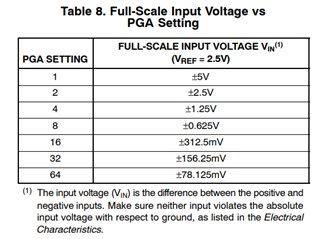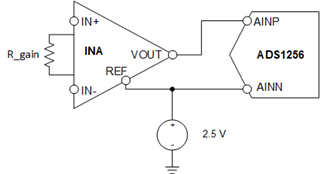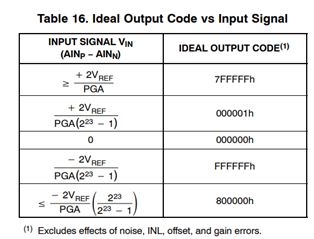Other Parts Discussed in Thread: INA333
Hello,
i am using ADS1256 to read the pressure sensor data and here my ADC is working fine with 0-5V pot. now i wanted to test with the pressure sensor in differential inputs but i need to map the maximum voltage to 104.32mV only so before its 0-5V and i need to map this to 0-104.32mV so for that in the firmware side i changed the ref voltage to 0.05321 V =104.32/2*1000 with this calculation but i couldn't get proper raw counts for this like
for example 0-5V its 0-8388607 and i want same for 0-104.32mV but when i input 0.1V i mean 100mV its giving only 1962161 only so how can i map both raw count and final output voltage.??
please help me to resolve this .
thank you.




